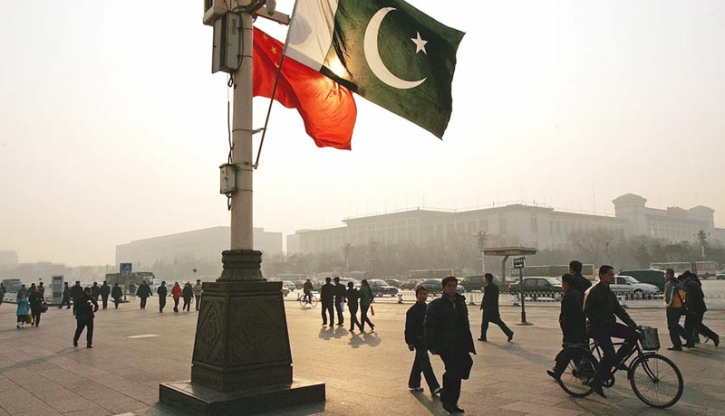China becomes Pakistan's largest creditor with $29b loans

China has emerged as Pakistan's largest creditor, with nearly $29 billion in loans, according to the World Bank's International Debt Report for 2023. The report highlights Pakistan’s mounting external debt challenges amid a weakening fiscal position and significant repayment burdens.
The report reveals that Pakistan's total external debt, including loans from the International Monetary Fund (IMF), stood at $130.85 billion in 2023. This amounts to 352% of the country's total exports and 39% of its gross national income (GNI). Debt servicing consumed 43% of export revenues and 5% of GNI, reflecting the strain on the nation’s economy.
China accounts for 22% of Pakistan's total external debt, equivalent to approximately $28.79 billion, making it the single largest lender. It is followed by the World Bank, which holds 18% ($23.55 billion), and the Asian Development Bank (ADB), with a 15% share ($19.63 billion). Saudi Arabia ranks as the second-largest bilateral lender, contributing about 7% of Pakistan’s debt, or $9.16 billion.
The composition of Pakistan's external debt indicates that 45% ($58.88 billion) comes from bilateral lenders, 46% ($60.2 billion) from multilateral institutions, and the remaining 9% from private creditors, with bondholders representing the largest portion of the private sector debt at 8%.
Of Pakistan's total external debt stock, $110.44 billion is categorized as long-term debt, while $11.53 billion is attributed to IMF credit and allocations, and $8.88 billion as short-term external debt. In 2023, Pakistan received $12.95 billion in new disbursements but had to repay $14 billion, including $4.33 billion in interest payments.
The World Bank’s report also noted a broader trend among developing countries, which collectively spent a record $1.4 trillion on foreign debt servicing in 2023. Interest costs reached a 20-year high, increasing by nearly a third to $406 billion, leaving many nations struggling to allocate funds for essential sectors like health, education, and environmental initiatives.
.png)









